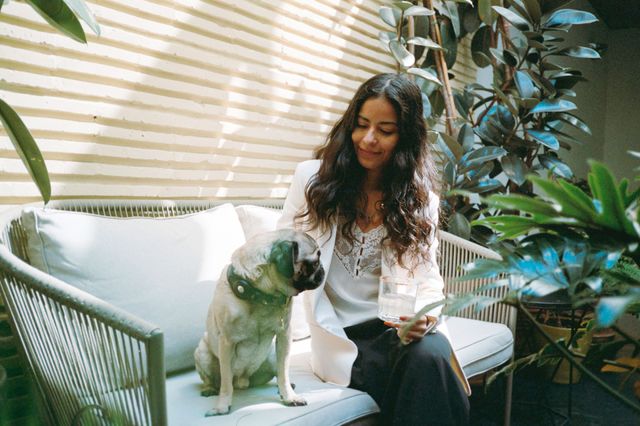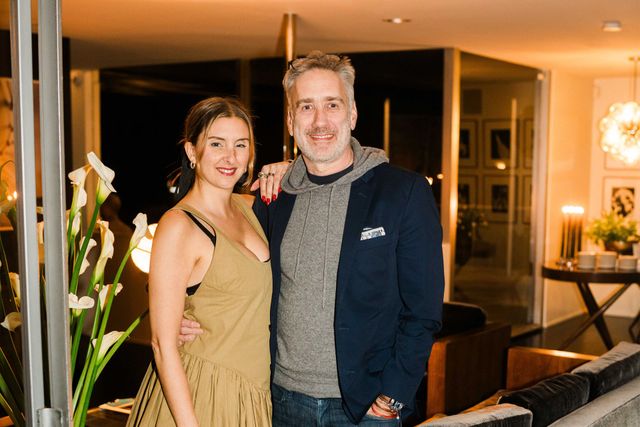Conversation with Peter de Krom of Cocondo
- Category
- Q&A
- Written by
- Roshan McArthur
- Published
- December 29, 2021
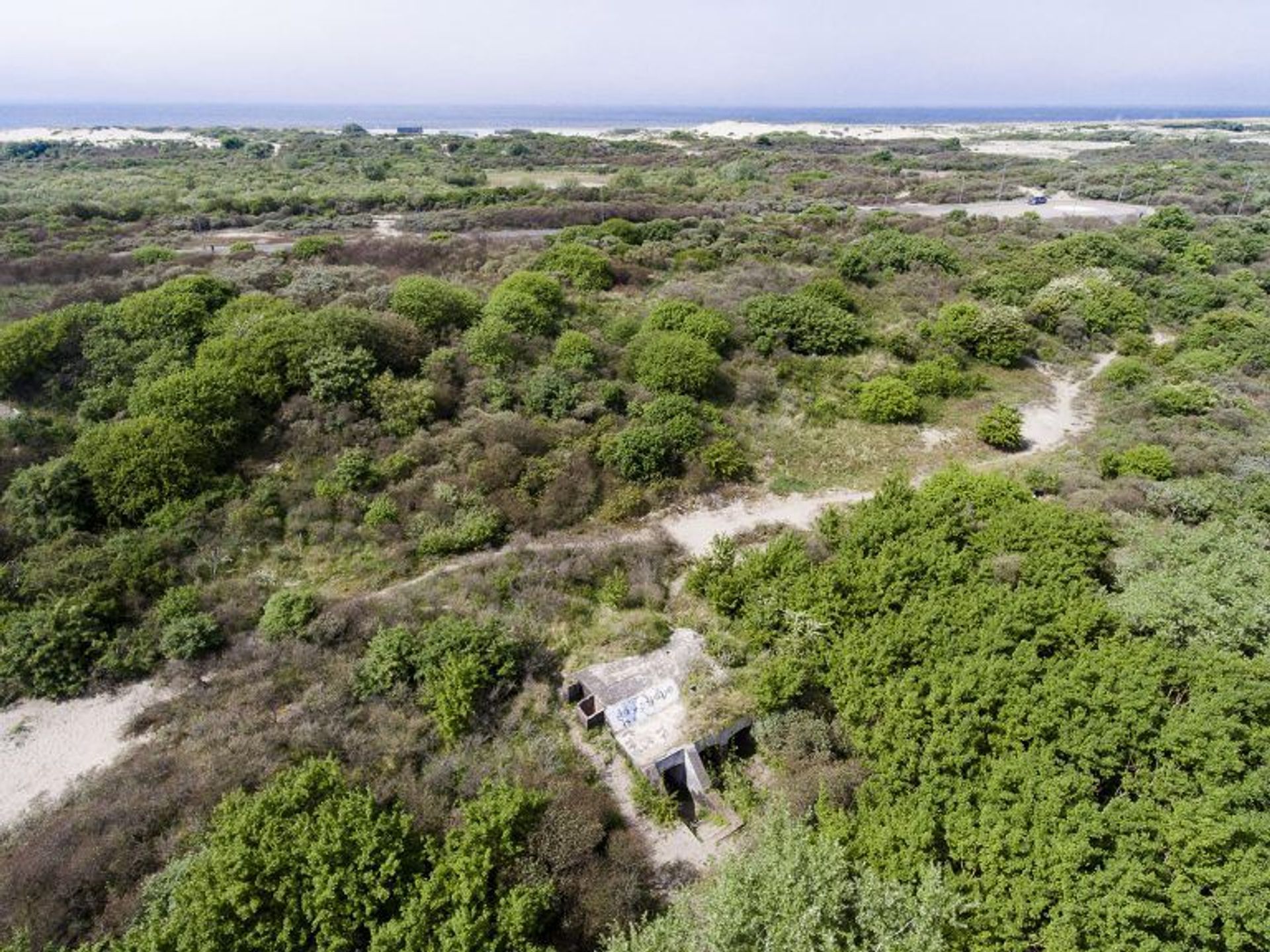
Hidden among the dunes along the coast of the Netherlands sits a network of abandoned bunkers. Part of the vast Atlantic Wall defense system constructed during World War II, they fell into disuse and eventual decay. Over time, they were occupied by bats and frequented by vandals, with authorities unsure what to do with them.
In recent years, however, some bunkers have been given a new lease of life. Take Cocondo, a bunker in Hoek van Holland, near Rotterdam, built in 1943 to house a telephone switchboard. Today, it's a unique holiday home, the brainchild of Peter de Krom, a former documentary photographer who has been obsessed with military history and bunkers since the age of 14.
As a teen, de Krom remembers walking through the dunes of Hoek van Holland, watching machines digging out a bunker that was soon to be the first Atlantikwall Museum. At 16, he gave guided tours of the bunkers and read everything that he could lay his hands on about them. Then, more recently, after back surgery forced a lifestyle change, he embarked on an ambitious – and unusual – project. We caught up with him to find out more.
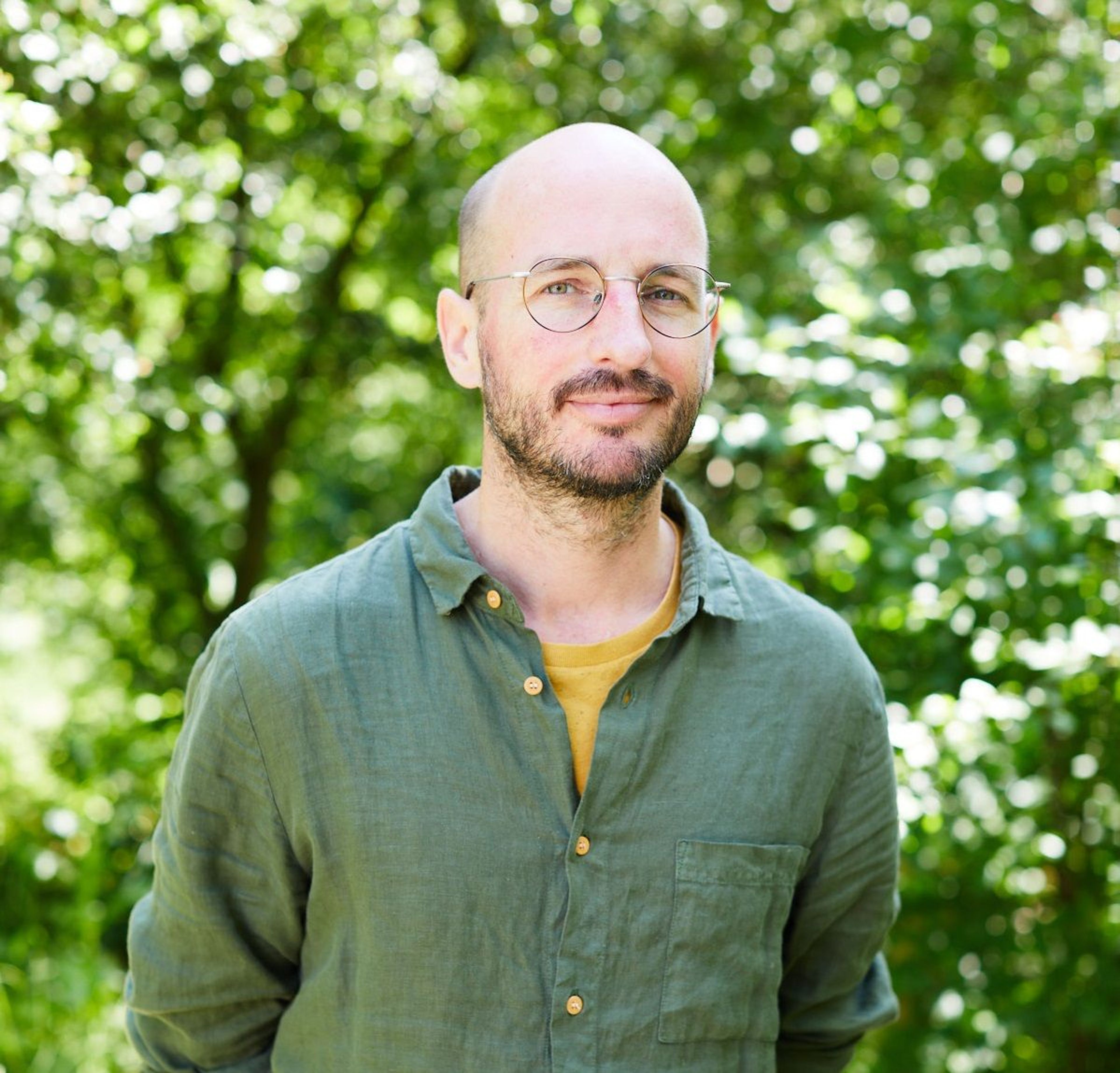
Why did you decide to convert a former military bunker into a holiday home?
Peter de Krom: “It started when I was recovering from back surgery. I had to lay flat for a while on my bed, and it took me six months to get fit again. I had time to think about my hometown Hoek van Holland, and all the bunkers that were still there, and all the opportunities that were there.
“My first job in bunkers was advisory work for a nature organization that has 70 bunkers they don't know what to do with. I said, ‘Let's find ways to give them a new meaning.’ And one of the concepts I thought of, together with a friend, was to turn them into holiday homes.
"I was inspired by the Fifties, by the people who, during the rebuilding period after the war, lived in them. A lot of coastal towns in the Netherlands were demolished by the Germans, and thousands of people had to be evacuated. When the Germans went away after liberation, the Dutch came back, and there were less houses, so they decided to live in the bunkers.
“I spoke to a lot of people who were born in the bunkers, who had great times there. Some families lived there for 10 years. They turned them into their holiday homes when they actually got new houses. And that was the biggest inspiration for me.
"Almost 75 years after liberation, I said to myself, ‘All these bunkers represent a time of repression, the time that our freedom was taken away. Let's claim these bunkers. They're ours now. Let's use them to celebrate our freedom, and the way we celebrate our freedom or our free time is going on holiday.'
“At the same time, because I was working for the nature organization and I saw how annoyed they were about the bunkers, I said to them, ‘Let's turn it into a business model. And we'll make sure that the income we generate as a holiday house will flow back into the nature reserve.'”

The bunker holiday village in Zandvoort in 1947. Photo Henk Blansjaar, Spaarnestad Photo

Are the bunkers protected?
PdK: "The whole dune they lie in is called Vinetaduin. It's a national monument, with 70 bunkers. It's rare that German bunkers become a monument, but it's happening more and more. I think it took us 15 years to convince the government to turn this into a national monument."
What was the conversion process like?
PdK: "For the pilot of the concept, we chose the most difficult bunker, so we could discover everything that comes our way. That's why it took us three years. It was very expensive because I wanted to go all the way. I have a passion for good design, and I made sure that the designers would have time and opportunity to really think this through.
"We worked with veteran restoration architect Pieter van Traa, and I asked two ladies [Noortje van den Elzen and Sophie Duran] from Studio Tomorrow for all the fabrics and soft material, the bedding, carpets. And the interior design is done by Remko Verhaagen.
"We had a very interesting team that kind of learned from each other. I've never done this in my life, so I had to discover everything along the way. So with the next bunkers, it will be easier!”
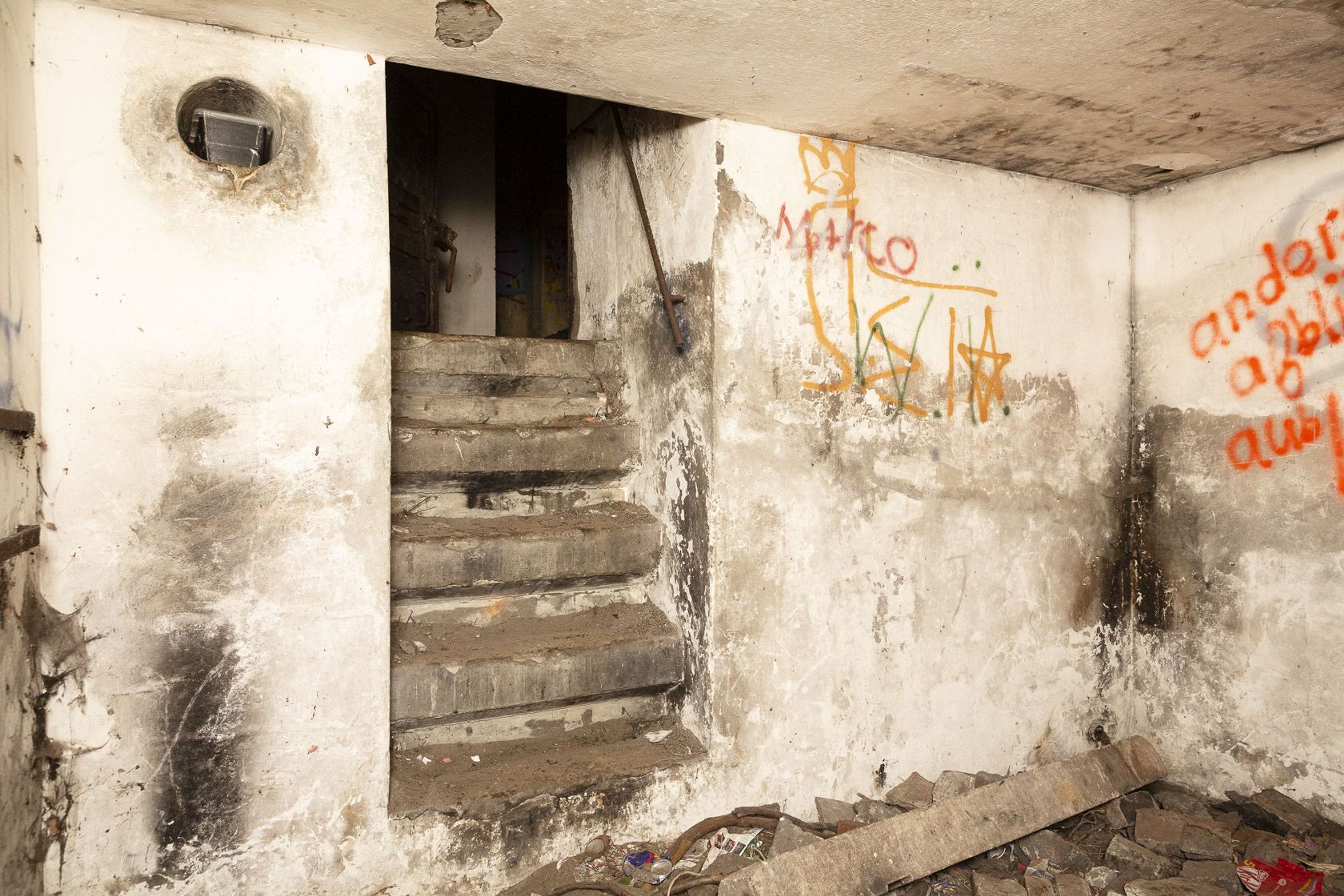
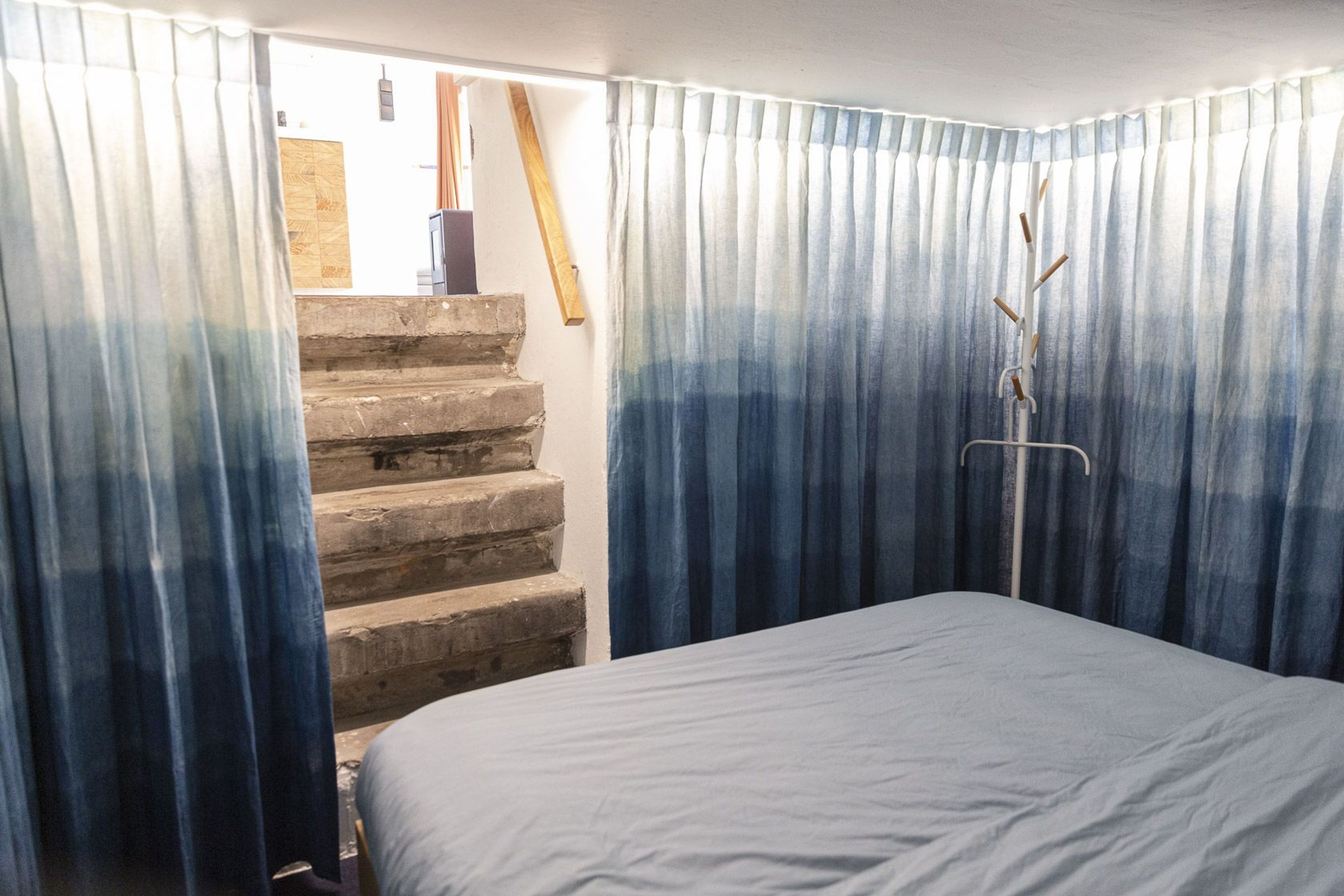
What does it feel like inside them?
PdK: “It's like a tiny house. It feels bigger though because the ceiling is three and a half meters high in the living room. That's why we chose this bunker. The Germans, especially in the Netherlands, built a lot of bunkers out of brick. They were made for daily use, for horses, for toilets, for daycare, for theaters, for bowling. The lower part is this claustrophobic, thick concrete bunker, where the telephone post was, and the upper level was for personnel, made of brick, with a lot of daylight, a lot of headspace.”
So, you go down into the bedroom?
PdK: “Yes, that's the concrete part. That's where we warn people to be careful if they're claustrophobic. But we solved that problem with good designers who worked on the curtains and lighting. There was a lot of thinking about which function we put where in the bunker, and we decided to put the bedroom there because it's the place where you only go in once a day, when you go to bed.”


What do people say after they stay in the bunker?
PdK: “All of our guests, they're especially amazed by the feeling you have there. It's completely silent. In the Netherlands, there's always noise around you. Especially in Hoek van Holland because you always hear sounds from the harbor. But as soon as you go under the ground into the bunker, it's completely silent, especially in the bedroom.
“And guests really love the graffiti line we have along the wall inside the living room. It's the only thing I designed. The bunker was completely filled with graffiti. It was really dirty. And I left one straight line along the entire wall dirty, and that's what most people are really amazed about. It's like a timeline that shows 80 years of history on the wall. You can still see the graffiti, smoke, and spider webs. We call it the dirty line.
“The bunker is now almost 80 years old, but there were only two years it was used during the occupation, where two German soldiers who were bored just sat there and enjoyed the sun. But the bunker has more than 75 years of post-war history. It has way more history from after the war than during the war. And that's what you can see in this line. You can see all these traces, and that's what we sometimes forget.”
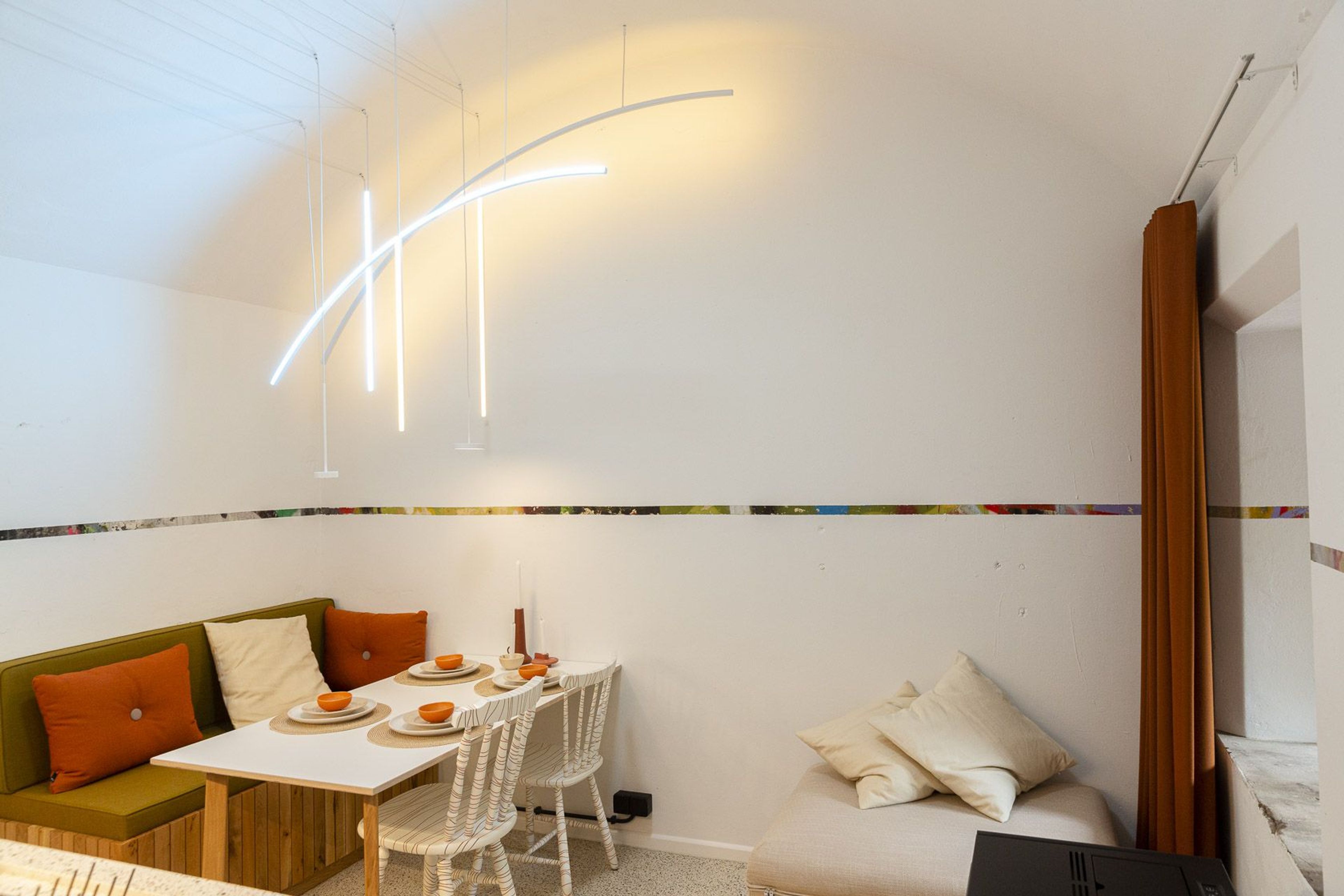
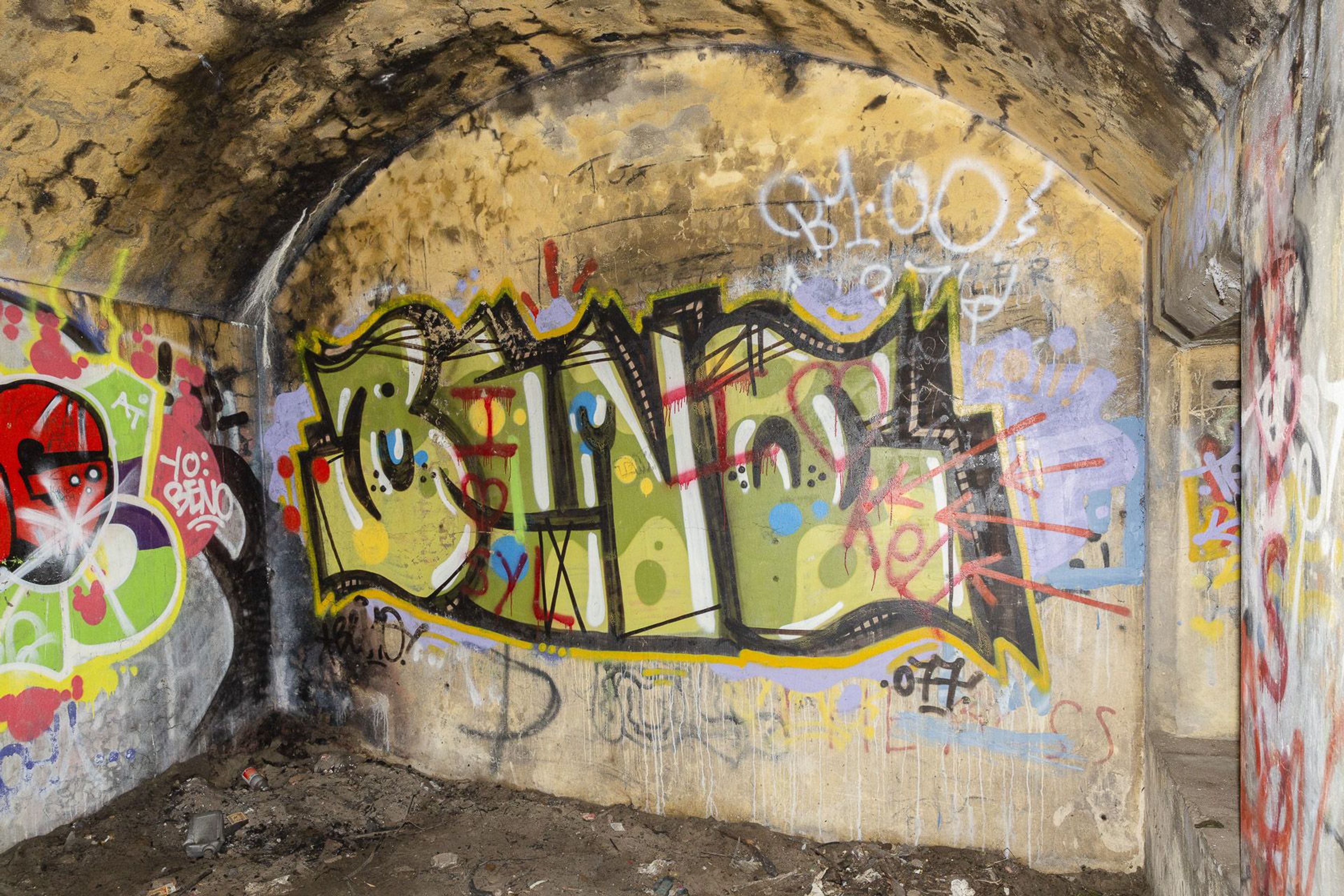
Are you going to convert all 70 of the bunkers?
PdK: “No. We're looking at other areas first because we now know how hard it is in this nature reserve. We're looking at different spots where it could be easier. We're looking along the whole coast.
"The idea is to start from Hoek van Holland and have a base there of 10 bunkers, and then we slowly go from north to the south. There's potential for 5,000km of bunkers, so we could connect Norway, Denmark, Germany, the Netherlands, and France on a route which you can walk, cycle or drive by car, and you can check in and check out of different bunkers.
"And in that way, the Atlantic Wall will not work as a defense line but as a connection between all the countries along the Atlantic coast.”

To experience Peter de Krom's unique vision and spend the night in the underground world of Cocondo, click here.
Picture credits: Drone photograph (top): Arthur van Beveren; Peter de Krom portraits: Willem de Kam; Historical image: Henk Blansjaar, Spaarnestad Photo. All others: courtesy of Cocondo.
